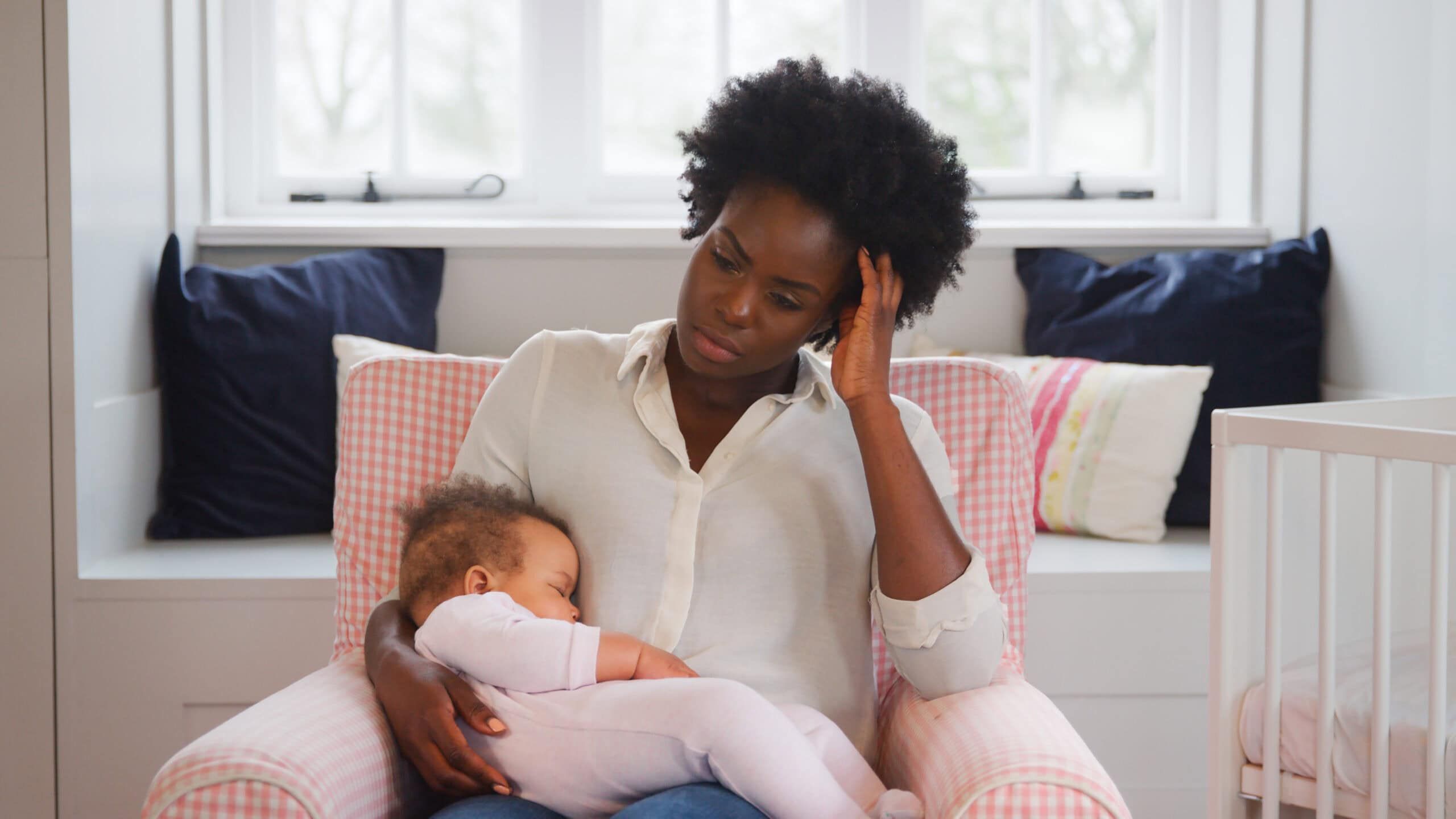Women’s Health
Want to learn more about this at Kettering Health?
The term “postpartum depression” gets thrown around a lot, but it can be hard to come to terms with a diagnosis of your own. Many women feel ashamed for the mood swings and episodes of anxiety they feel after giving birth. The truth is, it’s common.
“As high as 10-15% can have postpartum depression,” says Dr. Andrew Chang, OB-GYN with Kettering Physician Network.
Diagnosing postpartum depression
Generally, postpartum depression involves any of these symptoms that develop within a year of giving birth:
- Anxiety
- Lack of sleep
- Lack of interest
- Guilt
- Changes in appetite
- Psychomotor changes (anything from excessive toe-tapping and pacing or slowed speech and finding difficulty with everyday tasks, like brushing teeth)
- Thoughts of hurting yourself or the baby
Some women may have mild depressive symptoms, called postpartum blues or baby blues, that are less severe, last 2-3 weeks, and go away without the need for treatment.
Any woman who thinks she may have postpartum depression should contact her healthcare provider. They will not only be able to make an official diagnosis but also help with treatment.
Getting help
Treatment may vary for patients, so your provider will work with you to determine the best plan. Some patients may benefit most from cognitive behavioral therapy, meditation, or relaxation techniques, while others respond best to medication.
Specific lifestyle changes may also make a difference in the way you’re feeling.
“Trying yoga, going out in nature, getting enough sleep, eating healthy, and exercising can all be a factor in successful treatment,” Dr. Chang says. “Find someone you’re comfortable talking to who is nonjudgmental, and if you don’t have access to somebody, see a trained professional.”
Risk and prevention
There’s no fool-proof way to prevent postpartum depression, but knowing you may be at risk and practicing those lifestyle changes may help. Also, talking to your provider about your risk factors will help you both be prepared to start treatment after birth if necessary.
“Normally, we do a two-week follow-up,” Dr. Chang says. “But if I’m particularly worried or something strikes me as a risk factor, I always tell them to come in after a week,” Dr. Chang says.
Women who have previously given birth and experienced postpartum depression are most at risk for having it again after their next pregnancies. However, first-time moms have certain can also be considered at risk if they have
- Depression and anxiety before pregnancy or birth
- A difficult delivery, including a C-section or hemorrhage
- Trouble breastfeeding
- A baby with special needs or health problems
Keep perspective
Even without any of the above risk factors, it’s still possible to get postpartum depression—and that’s OK.
“Women may feel there’s an expectation that you should be happy and successfully breastfeeding. So if you’re not, you just feel bad and guilty about it,” says Dr. Chang “The biggest thing is recognizing it and knowing its normal to feel that way. There are things we can recommend to help you get better if you are open and honest with what you’re feeling.”










